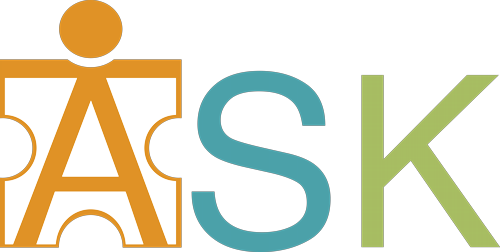About Autism
Understanding Autism: A Spectrum of Uniqueness
Welcome to our exploration of autism, a multifaceted developmental condition that typically emerges within the first three years of life. Autism is a result of a neurological disorder influencing the brain's functionality, particularly in the realms of social interaction and communication skills. Both children and adults with autism often grapple with challenges in verbal and non-verbal communication, social interactions, and leisure activities.
Autism is a Spectrum:
Autism is not a one-size-fits-all condition. It manifests as a spectrum disorder, with symptoms varying widely from mild to severe. Each individual, like a fingerprint, exhibits a unique combination of traits and characteristics. Even two individuals with the same diagnosis may showcase distinct behaviors and skills.
Diverse Expressions:
Communication hurdles are a hallmark of autism. Individuals may face difficulties initiating or sustaining conversations, sometimes expressing themselves through monologues on favored subjects. Unique processing and response patterns may lead to instances of aggressive or self-injurious behavior.
Individual Traits:
Autistic individuals possess a diverse array of traits, including:
Insistence on sameness and resistance to change
Difficulty expressing needs verbally, often relying on gestures
Repetition of words or phrases instead of conventional language
Displays of emotion not easily apparent to others
Preference for solitude and aloof demeanor
Tantrums, difficulty socializing, and resistance to cuddling
Limited or no eye contact
Unusual play patterns, such as spinning objects or forming attachments to specific items
Sensitivity or insensitivity to pain
Overactivity or underactivity
Varied gross/fine motor skills
Limited responsiveness to verbal cues despite normal hearing
Sensory Integration Challenges:
Sensory integration issues are common among autistic individuals, affecting how they perceive and respond to stimuli. Everyday experiences, such as the feel, smell, and taste of a peach, may be overwhelming or distressing.
Myths and Realities:
Contrary to common misconceptions, children with autism can and do show affection, though it may require patience and understanding from caregivers. Autism is a lifelong condition, but symptoms may alleviate with appropriate development and treatment.
Prevalence:
Autism Spectrum Disorders affect approximately 1 in 54 individuals globally, with a higher incidence in boys. Autism transcends racial, ethnic, and social boundaries, occurring across diverse backgrounds without correlation to family income or lifestyle.
Source: https://www.cdc.gov/ncbddd/autism/facts.html
Ten Recommendations to Help Individuals with Autism Spectrum Disorder (ASD) Live a Better Life
1. Know About and Use Evidence-based Practices (EBP)
Michigan Autism Council → Resources → Free Resources and Training Information for parents and providers
2. Respect the Autism and Capitalize on Interests
Paula Kluth – Just Give Him the Whale Temple Grandin - Harness the Power of Passions and TED Talk
3. Develop a Coordinated Support Team
Autism Speaks - Who can help?
Autism Council Collaboration Matrix
4. Establish Families as the Core of the Team
Michigan Alliance for Families (MAF)
Autism Alliance of Michigan (AAoM)
5. Access Early, Intensive Intervention
Michigan Autism Council → Resources → After identification of autism spectrum
6. Promote Integration in the School and Community
Autism Speaks – Community connections
Autism Speaks – Community living
7. Have High Expectations and Promote Independence
START Passport
START Self-management systems
Autism Speaks – Positive strategies
8. Know Your Goals and Monitor Progress
START IEP preparation
PACERS - Person Centered Planning
9. Develop Relationships
START Project - Peer to Peer Support
10. Keep Your Eyes on the Ultimate Goal → Employment
Michigan Rehabilitation Services (MRS)
Project Search
START V3 Discovery Process
Hiring people with ASD
